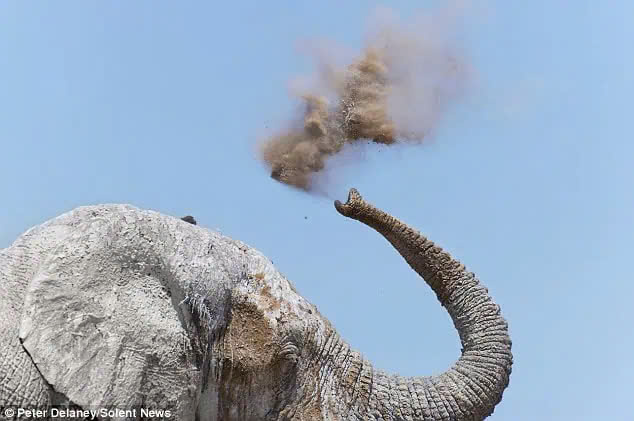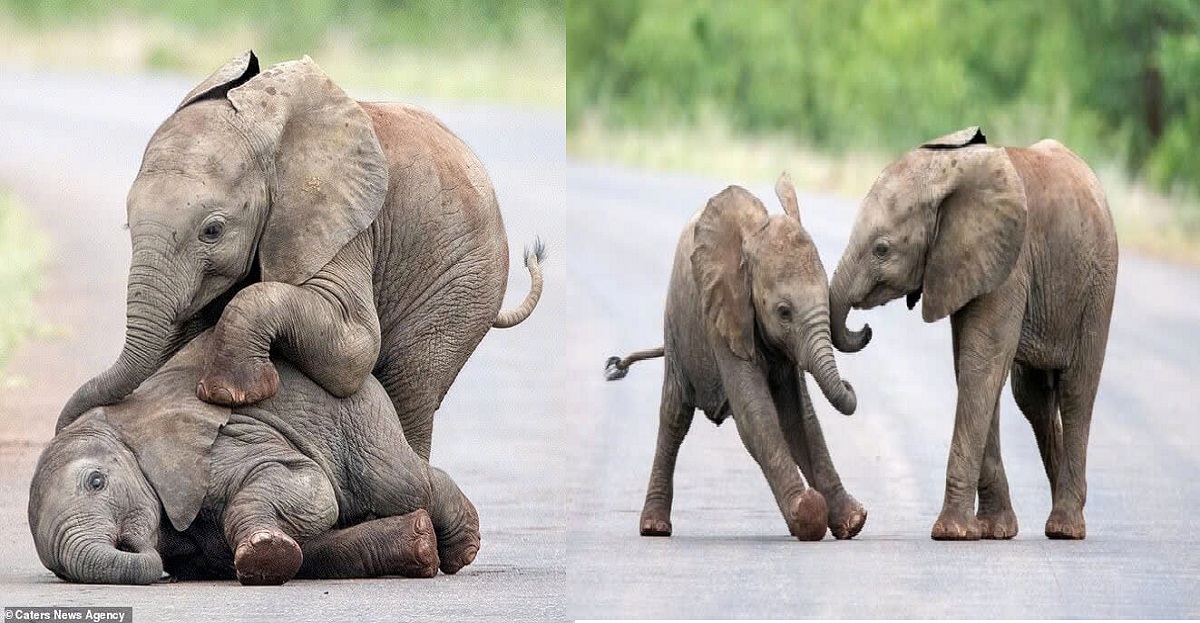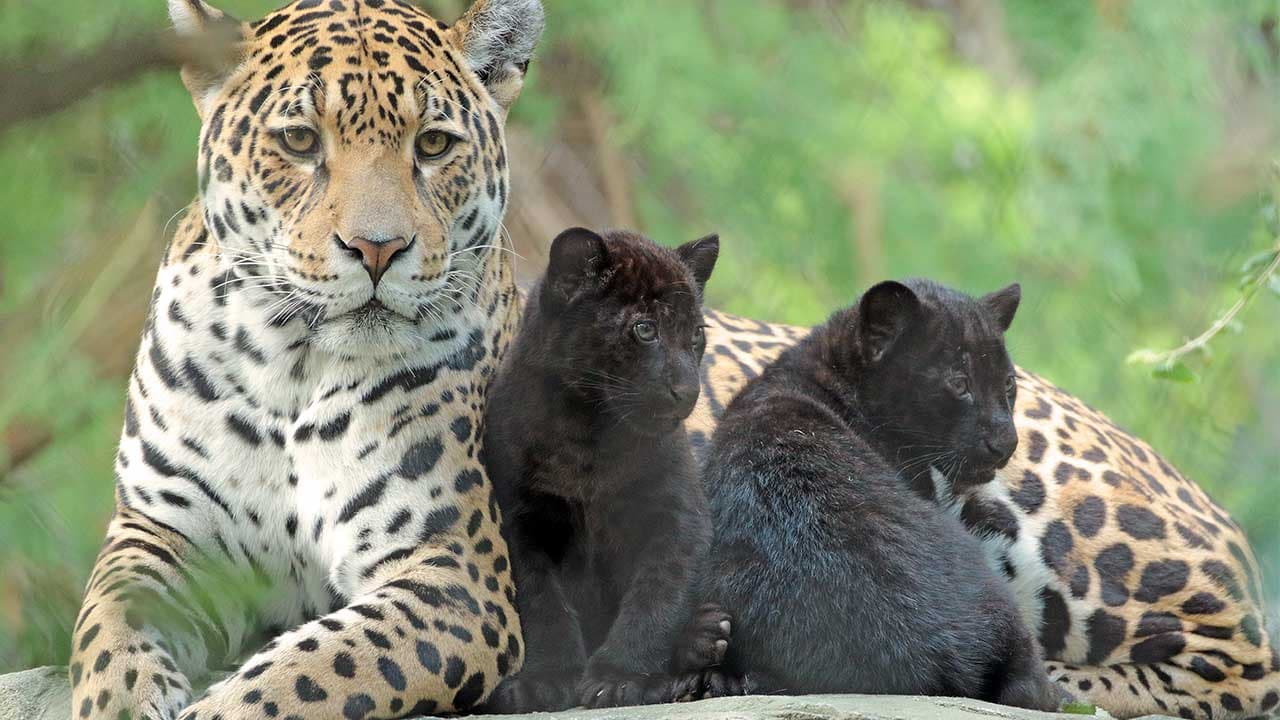In the heart of Africa, where the sun beats down relentlessly and the temperatures soar, elephants have evolved some fascinating methods to cope with the intense heat. These majestic creatures, with their large ears and thick skin, face the challenge of staying cool in one of the hottest climates on Earth. Surprisingly, the answer to their survival lies in something as simple and natural as mud and dust.
Elephants are known for their large size, and while their thick skin may seem like an effective shield against the sun, it is actually quite sensitive. The sun’s intense rays can easily dry out and burn their skin, which is why elephants have developed a clever strategy: covering themselves with mud and dust. This behavior, known as “mud bathing” or “dust bathing,” plays a critical role in protecting them from the harsh African sun.

When an elephant is feeling the heat, it will often seek out a mud puddle or a dusty area. Once found, the elephant will use its trunk to scoop up mud or dust and spray it all over its body. The mud acts as a natural sunscreen, providing a thick, cooling layer that not only shields the elephant from the sun but also helps to regulate its body temperature. The mud cools the elephant’s skin by absorbing the heat and keeping it at a more comfortable temperature. Additionally, the mud forms a protective barrier against insects, such as flies and ticks, which could otherwise cause irritation or harm to the elephant.

In addition to the practical benefits of mud, dust also plays an important role. Elephants will often roll in fine dust or sand, which serves as an extra layer of protection against the sun’s rays. The dust clings to their skin, further insulating them from the heat. The dust also works to absorb excess moisture, preventing their skin from becoming too damp and helping them avoid chafing or discomfort.
This mud-and-dust bathing ritual is not just a survival tactic but also an essential part of elephant social behavior. Elephants often bathe together, creating a communal experience that strengthens bonds between family members. The younger elephants learn from the older ones, and the entire herd benefits from the shared resources, whether it’s a muddy watering hole or a dusty patch of earth.

Elephants also take advantage of their large ears to help regulate their body temperature. Their ears are rich with blood vessels, and when they flap them, they release heat, helping to cool their bodies down. The combination of mud, dust, and the cooling effect of their ears enables elephants to survive the harsh African heat while maintaining their strength and health.

The mud and dust that elephants use are nature’s protective shield, a testament to the incredible adaptability of these gentle giants. In a world where temperatures can climb to over 100 degrees Fahrenheit, elephants have learned to use the resources around them to stay cool, proving that sometimes, the simplest solutions are the most effective. Whether it’s a splash of mud or a cloud of dust, elephants have mastered the art of staying comfortable in the sweltering African heat, all thanks to nature’s own cooling system.















